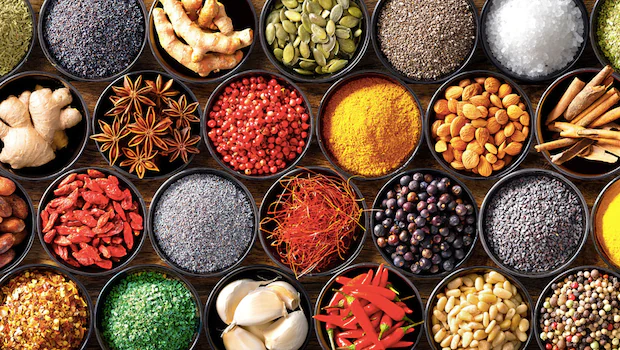The art of blending raw spices and herbs is a culinary practice that has been cherished for centuries. From ancient civilizations to modern kitchens, the skillful combination of these aromatic ingredients has been the secret behind countless delicious dishes. The art of spice blending involves understanding the flavors, aromas, and properties of different spices and herbs, and skillfully harmonizing them to create unique flavor profiles that tantalize the taste buds. In this article, we will explore the fascinating world of spice blending, its techniques, and how it can elevate your culinary creations to new heights.
-
The Essence of Spice Blending: Spice blending is an art form that requires both knowledge and creativity. Each spice and herb possesses its own distinct flavor, aroma, and texture, and understanding these characteristics is crucial to creating balanced and harmonious blends. The combination of spices can create complex layers of flavor, adding depth and dimension to a dish.
-
Building Blocks of Spice Blends: To create a successful spice blend, it's important to have a foundation of essential spices. Common examples include cumin, coriander, turmeric, cinnamon, cardamom, and paprika. These foundational spices serve as building blocks that can be combined with other herbs and spices to create a wide range of flavor profiles.
-
Complementary and Contrasting Flavors: The key to a well-balanced spice blend lies in understanding complementary and contrasting flavors. Complementary flavors enhance and support each other, while contrasting flavors create a delightful balance by adding diversity to the blend. For example, the warmth of cinnamon can be complemented by the earthiness of cumin, while the citrusy notes of coriander can contrast with the spiciness of chili powder.
-
Experimentation and Creativity: Spice blending is a playground for creativity and experimentation. While there are traditional spice blends like garam masala, curry powder, and za'atar, there are no hard and fast rules. Don't be afraid to think outside the box and create your own unique blends. Trust your taste buds and be open to discovering new combinations that surprise and delight your palate.
-
The Importance of Balance: Achieving balance is crucial in spice blending. It's important to strike the right proportion of spices to avoid overpowering or underwhelming flavors. Start with small amounts of each spice and gradually build up the blend, tasting as you go. Remember that a well-balanced spice blend should enhance the overall flavor of a dish without dominating it.
Conclusion:
The art of blending raw spices and herbs is a journey of discovery and creativity. It is a skill that can elevate even the simplest of dishes into extraordinary culinary experiences. By understanding the flavors, aromas, and properties of different spices and herbs, and skillfully combining them, you can create unique flavor profiles that tantalize the taste buds. Embrace experimentation, trust your intuition, and let your palate be your guide. Whether you're exploring traditional spice blends or creating your own signature blend, the art of spice blending is a delightful adventure that adds depth, complexity, and a touch of magic to your cooking. So, go ahead, embark on this flavorful journey, and let your taste buds be amazed by the wonders of spice blending.


No comments yet